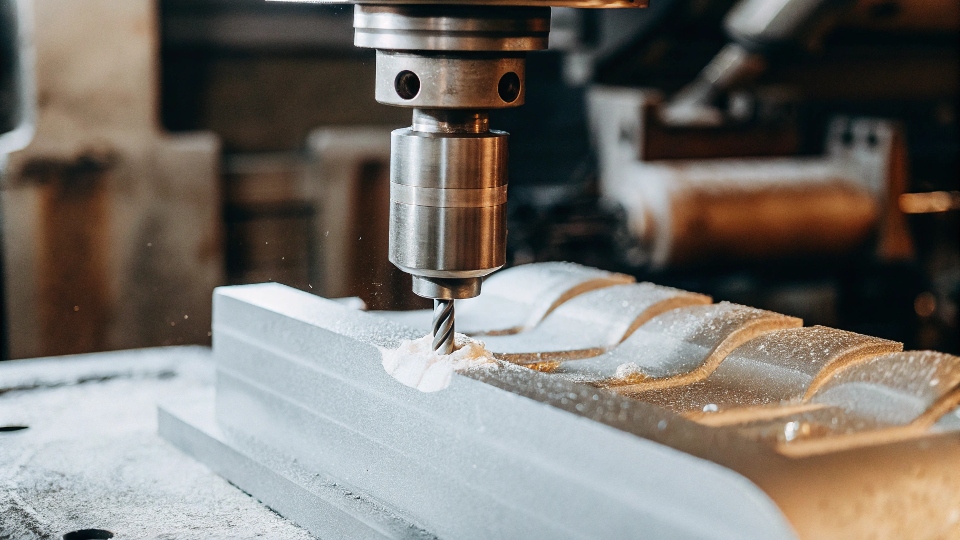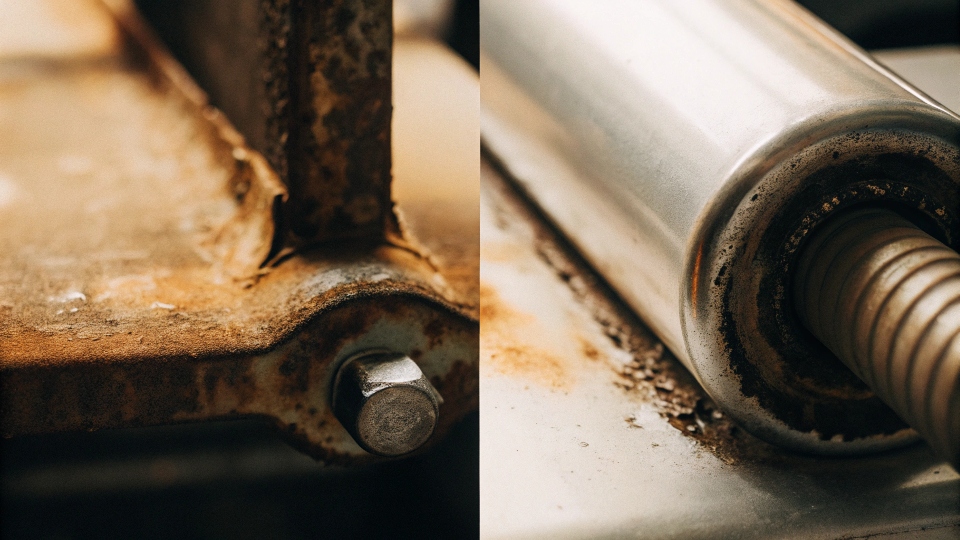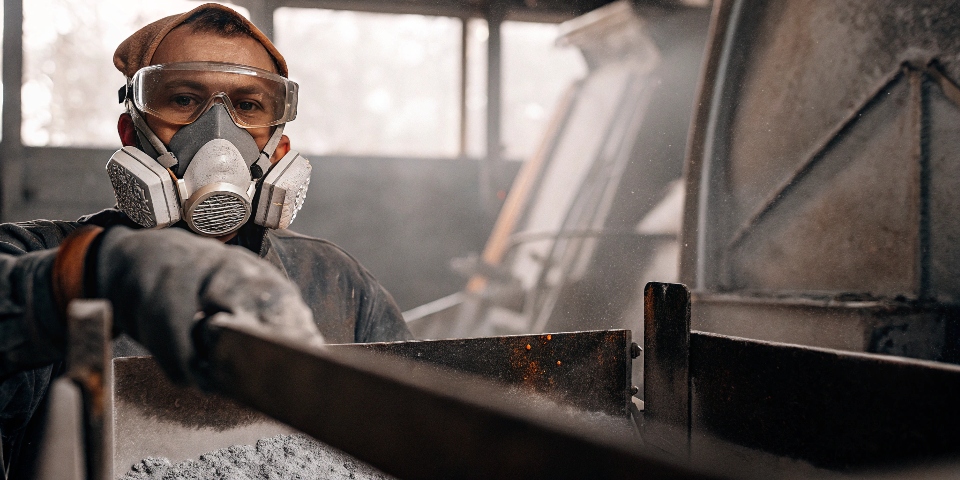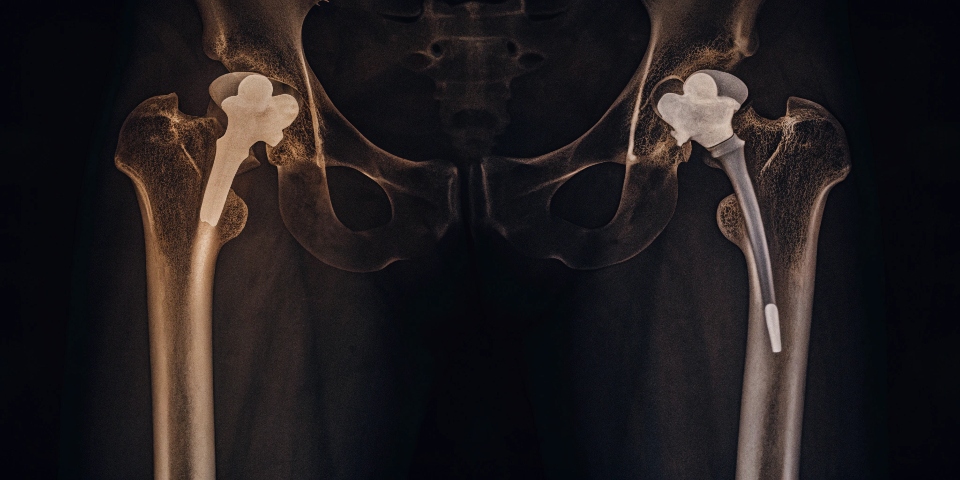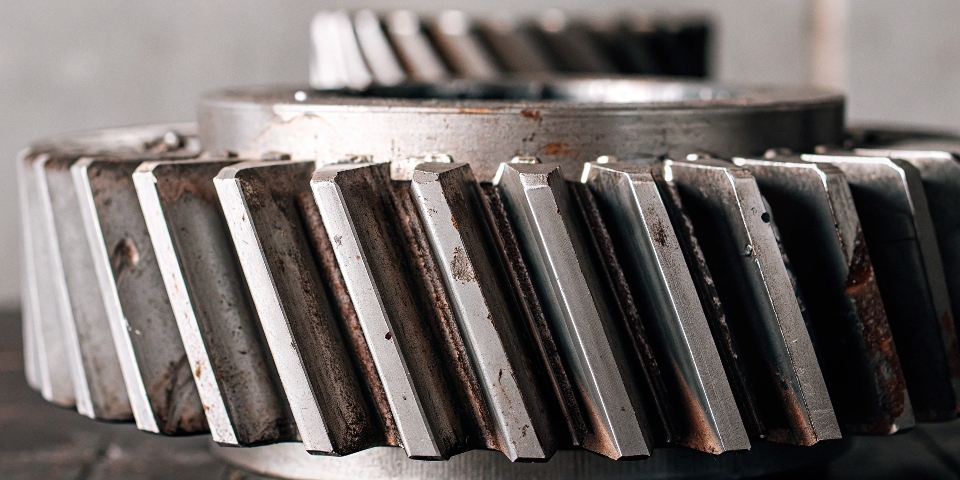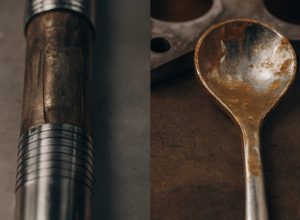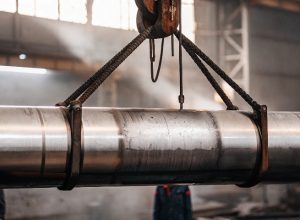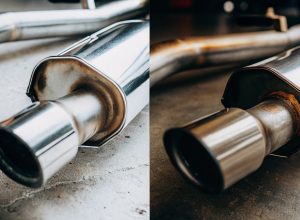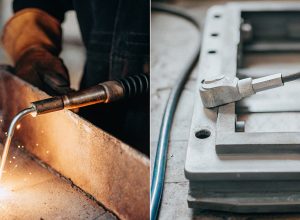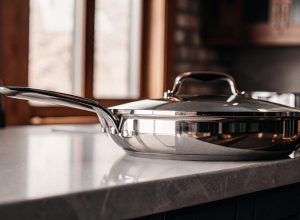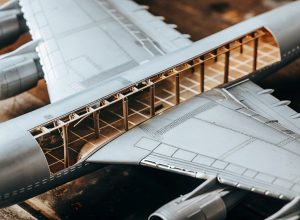Thinking titanium is the perfect metal? Its hidden costs and fabrication challenges can derail your project budget. Let’s look at the real picture to help you choose wisely.
Titanium’s main disadvantages are its high initial cost compared to steel, the difficulty and expense of machining it, and reduced toughness at very low, cryogenic temperatures. Its reactivity at high temperatures during processing also requires special handling and equipment.
So, we know it’s not perfect. But these drawbacks are just one part of the story. To really understand if titanium is right for you, we need to balance the good with the bad. Let’s break it down further so you can make an informed decision for your business.
What are the pros and cons of titanium?
Want to use titanium but unsure if it’s worth the investment? Choosing incorrectly can waste money and time. Let’s weigh the good against the bad for you.
The pros are a high strength-to-weight ratio, excellent corrosion resistance, and biocompatibility. The cons are its high cost, difficulty in machining and fabrication, and lower wear resistance compared to some hardened steels. Understanding this balance is key for any application.
I often advise clients like Ahmed, who runs a metal distribution business in Turkey. He needs to stock materials that have a reliable turnover. When we discuss titanium, we always come back to this balance of pros and cons. The primary advantage is its incredible strength-to-weight ratio. I’ve supplied it for aerospace parts where every gram saved is critical. Another huge plus is its corrosion resistance. For marine applications, it’s a game-changer because it doesn’t rust in saltwater.
However, the cons are very real for a business like Ahmed’s. The initial cost is the biggest hurdle. It’s significantly more expensive than stainless steel. Then there’s the machining. Titanium is tough to cut and shape, which means more expensive tools and slower production times for his customers. I created a simple table to help him explain this to his clients.
| Aspect | Advantage (Pro) | Disadvantage (Con) |
|---|---|---|
| Material Cost | High long-term value due to durability | High upfront purchase price |
| Strength-to-Weight | Among the best of all metals, great for performance | – |
| Corrosion Resistance | Nearly immune to rust and many chemicals | – |
| Machining | – | Requires special tools, skills, and is very time-consuming |
This simple guide helps Ahmed’s customers see where their money is going and decide if titanium’s benefits outweigh its challenges for their specific project.
Are there any dangers of titanium?
Worried about safety when handling new materials? Misinformation about metal hazards can create unnecessary fear and project delays. Let’s look at the real, manageable risks of using titanium.
In its solid form, like bars or plates, titanium is very safe and stable. The main danger comes from titanium powder or dust, which can be a fire or explosion hazard at high temperatures. Proper ventilation and handling procedures completely mitigate this risk.
This question comes up a lot, especially from teams new to working with titanium. I always reassure them that in its common forms—sheets, bars, tubes—it’s one of the safest metals you can handle. You could leave a titanium bar on a shelf for 50 years and it would be perfectly fine. The danger is specific and well-understood in the industry. It’s all about the surface area. A solid block of titanium has very little surface area to react with oxygen. But when you grind it into a fine powder or create shavings during machining, the surface area increases dramatically. If that fine dust is exposed to a high enough temperature or a spark, it can ignite. This is why we adhere strictly to ISO and national military safety standards in the facilities I partner with. It’s not a hidden danger; it’s a known industrial hazard with clear safety protocols.
Managing Titanium Dust Risk
- Ventilation: Proper air circulation and dust collection systems are non-negotiable in any machining environment.
- Coolants: Using the right coolants during cutting reduces heat and suppresses dust.
- Housekeeping: Regular cleaning to prevent the accumulation of shavings and dust is crucial.
- Fire Safety: Having Class D fire extinguishers on hand is essential, as water can make a titanium fire worse.
By following these established procedures, the risk becomes negligible. It’s a matter of professional handling, not an inherent danger of the material itself.
What does titanium do to the human body?
Putting metal inside the human body sounds risky. The fear of allergic reactions or toxicity is real. Here’s why titanium is trusted by doctors and surgeons worldwide.
Titanium is extremely biocompatible, meaning it does not harm or react with the human body. It is non-toxic and resists corrosion from bodily fluids, which is why it is widely used for medical implants like hip replacements, dental implants, and bone screws.
I’ve had the privilege of supplying titanium to several medical device manufacturers in Europe and the US. This is an area where there is zero room for error. The material must be perfect. For these applications, we almost always use Grade 23 titanium1, which is an extra-low interstitial (ELI) version of Grade 5. The key is in purity, especially keeping oxygen content below 0.13%.
So what makes it so special for the body? When titanium is exposed to air or fluid, it instantly forms a very thin, stable, and tough layer of oxide on its surface. This oxide layer is the secret. It’s incredibly passive and non-reactive. It prevents the metal itself from ever touching or leaching into the surrounding tissue or body fluids. The body simply doesn’t "see" the metal; it only sees this inert oxide barrier. This is why you don’t get allergic reactions or inflammation. The bone can even grow and fuse directly onto the surface of a titanium implant, a process called osseointegration. This unique property makes it the gold standard for long-term implants. It essentially becomes a part of you without causing any harm.
What is a weakness for titanium?
You know titanium is strong, but every champion has a vulnerability. Ignoring this can lead to unexpected equipment failure. Let’s identify titanium’s key weakness and discuss the fix.
Titanium’s primary weakness is its relatively poor wear resistance under heavy friction or abrasion. It has a lower hardness and a tendency to gall (seize up) against other metals compared to hardened steel. This limits its use in high-wear, moving-part applications without surface treatment.
Besides the high cost, the biggest engineering weakness I discuss with clients is its performance under friction. While it’s very strong, titanium is not as hard as many heat-treated steels. This means in applications with sliding or rubbing parts, it can wear down more quickly. This issue is connected to two of its properties. First, its low thermal conductivity. Heat generated from friction doesn’t dissipate quickly, which can make the problem worse. Second, it has a lower modulus of elasticity than steel, which makes it more "flexible".
We face this challenge head-on. At the facilities I work with, we use advanced techniques to overcome this.
- Surface Hardening: We can treat the surface of a titanium part to make it much harder. Techniques like nitriding or applying a ceramic coating create a super-hard outer skin that resists wear, while the core of the part remains tough and lightweight.
- Hot Isostatic Pressing (HIP)2: This process uses high heat and pressure to consolidate the metal, which eliminates internal voids. This improves the overall fatigue life and makes the material more durable and resistant to failure.
These solutions allow us to use titanium in more demanding roles, giving us the best of both worlds: a lightweight core with a wear-resistant surface.
Conclusion
While titanium has high costs and weaknesses in machining and wear, its incredible strength, corrosion resistance, and safety make it an unbeatable material when its disadvantages are properly managed.

